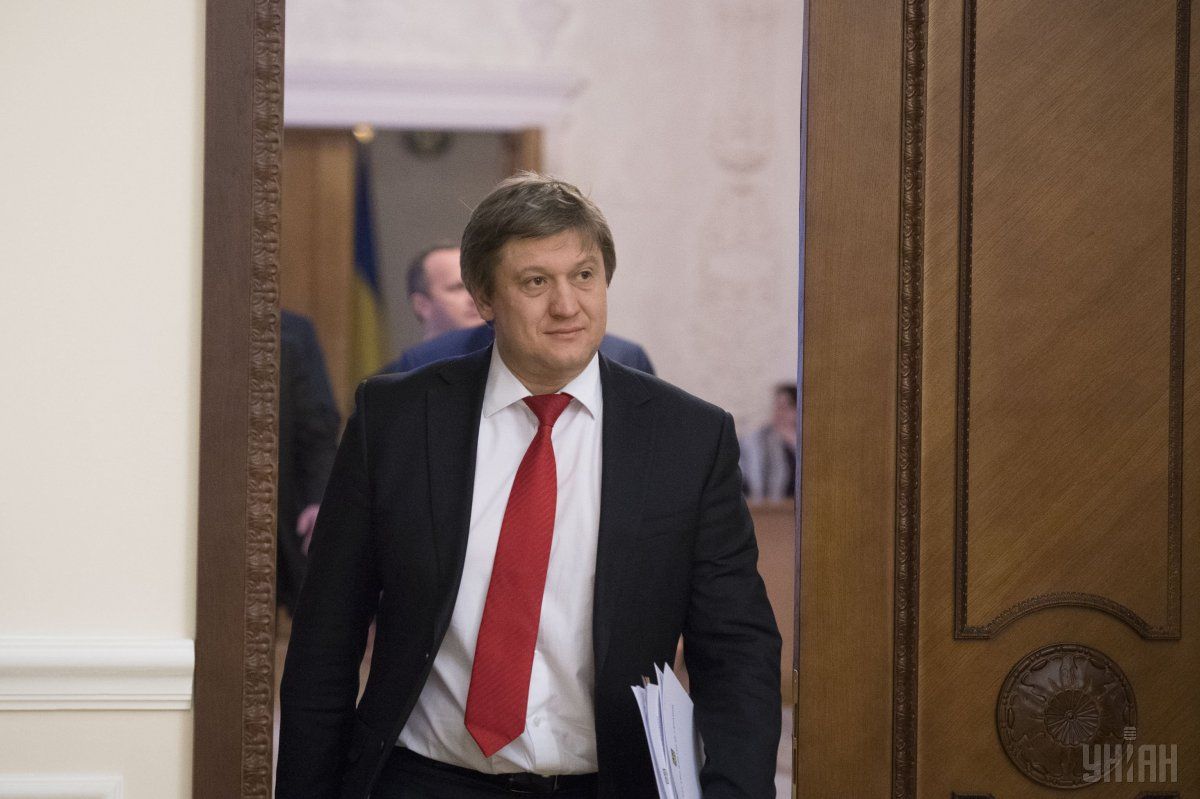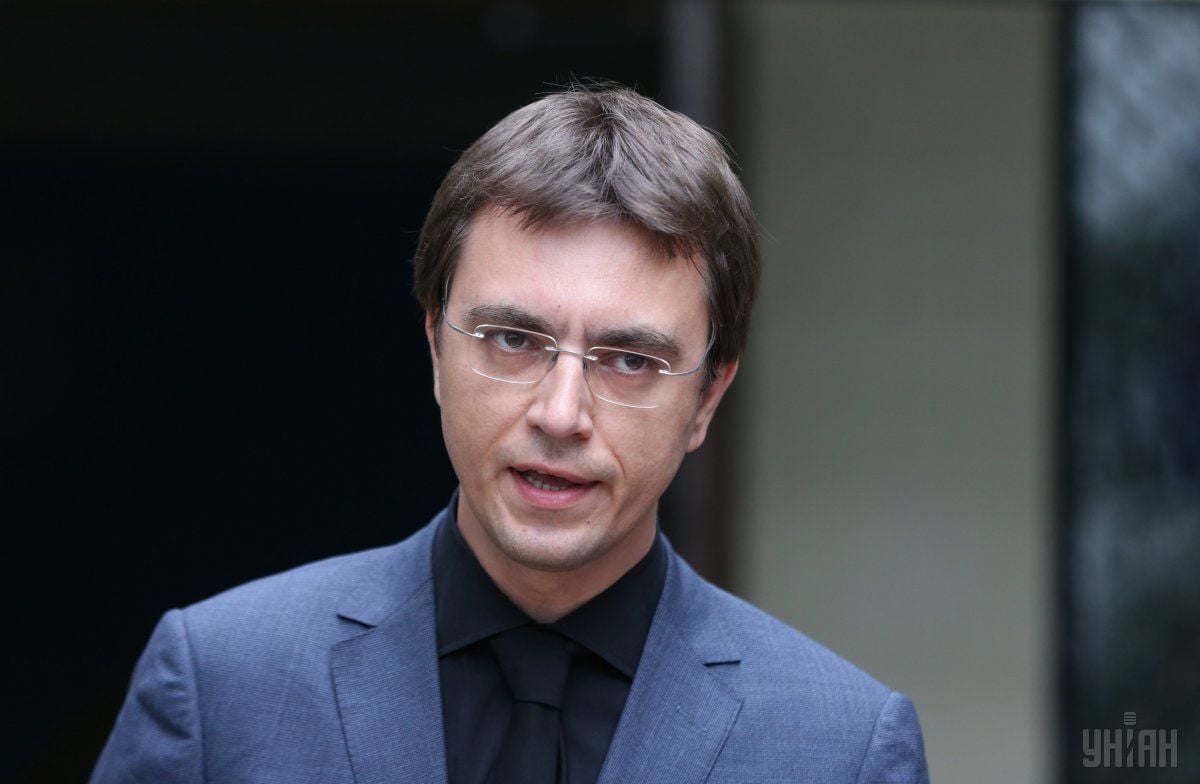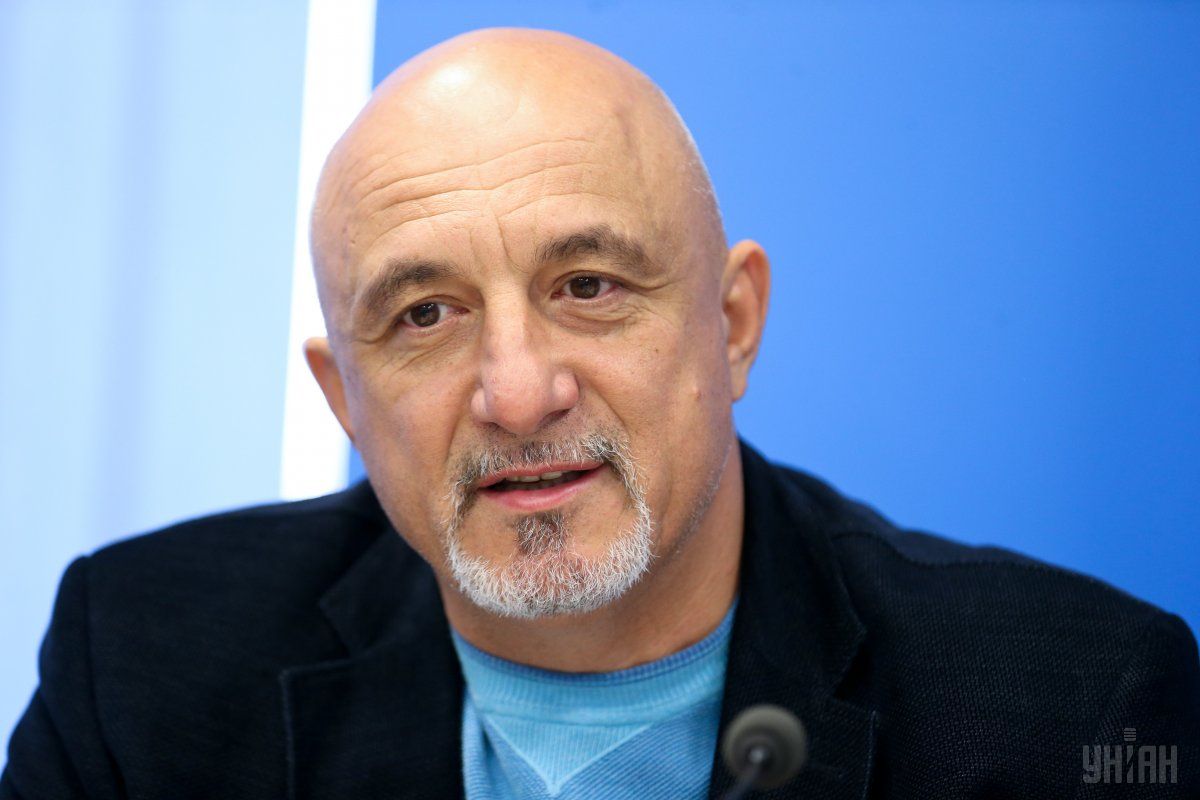
Week’s balance: budgetary "revolution," billions for roads, and preparations for heating season
The Ukrainian government approved the budget resolution for the next three years, engaged in improving road safety, and once again extended the emergency measures in the energy sector, while KyivEnergo warned of the lack of sufficient funds to prepare for the heating season - these are the main economic news of the outgoing week.
One of the major economic news this week was the approval by the Cabinet of the Budget Resolution for 2018-2019 outlining the government’s vision for the development of the country's economy in the next three years and main directions of the state budget policy.
Finance Minister Oleksandr Danyliuk said the resolution was a true revolution in the country’s budget planning. "Why am I calling this a revolution? For the first time, in practice, Ukraine is starting to implement a three-year budgeting. The budget resolution is a strategic document that determines the directions of [allocation of] public finances for priority reforms. And thus we are laying out a plan for the development of the country's economy for the future, that is, we focus on the future, not on the past," the minister said.
The government plans that the new format of the Budget Resolution and the three-year horizon of planning will form a strategic vision for the development of budget policy and the basis for systemic reforms.
The Cabinet calls the main tasks of the tax reform achievement of stability in financial policies, simplification of tax administration and minimization of opportunities for corruption.
In healthcare, the government will henceforth finance quality services, not budgetary institutions. For the implementation of the reform, the Cabinet envisaged an annual increase in spending from UAH 56 billion in 2017 up to UAH 81 billion in 2020. To make healthcare more accessible, a reimbursement strategy will be supported. In 2018-2020, the government intends to allocate UAH 1 billion per year.
Another innovation of the Budget Resolution was the inclusion in the document of the analysis of risks, which may in the long term affect the country’s economy. Now, together with the budget, the government will submit two more documents for consideration by parliament - a debt management strategy and a report on fiscal risks.
The Cabinet has built a Budget Resolution on the macroeconomic forecast, which provides that the economy over the next three years will grow by 11%, while inflation will drop to a level of 5%.
"We believe that these are conservative figures, and the reforms laid down in the resolution will give us a faster growth rate," said Danyliuk.
The resolution also provides for reducing the budget deficit from the current 3% of GDP to 2% by 2020, as well as increasing the resources of local budgets.
The annual budgetary transfer to cover the deficit of the Pension Fund will amount to UAH 141.3 billion and for the implementation of land reform in 2018 it is planned to allocate some UAH 453 million, another UAH 132 million in 2019, and UAH 297 million in 2020.
The government intends to raise UAH 17.1 billion in 2018 from privatization of state property, UAH 17.1 billion in 2019, and UAH 0.5 billion in 2020. The financial support of Ukrainian farmers from the general fund of the state budget will be increased from UAH 5.5 billion this year to UAH 8 billion by 2020.
The government expects that the average salary in Ukraine in 2017 will reach UAH 7,000, and in 2020 it will reach UAH 10,000, while the minimum wage will increase from the current UAH 3,200 to UAH 4,425 in 2020.
Farewell to creditors
The government announced its plans to complete in 2019 the cooperation with the country’s main creditor, the International Monetary Fund.
"It is very important to note that we plan to successfully complete the program with the IMF in 2019 - we have not so many structural reforms left [to implement]," said the Minister of Finance.
In his opinion, parliament will adopt key reforms as early as at the current session.

The launch of pension and land reforms, as well as the adoption of bills on increasing the effectiveness of privatization will allow Ukraine to count on receiving the next tranche of the IMF loan in summer or early autumn.
In addition, the government aims to reduce the level of public debt from 70% of GDP today to 55% of GDP by 2020. The public debt reduction to GDP should be based on the economy growth as well as repayment of previously taken loans.
Ukraine intends to ensure repayment of debt obligations in the amount of $14 billion in 2017-2019, UAH 11 billion of which will need to be paid from the state budget, by entering the international borrowing markets.
The main bid for the reduction of the debt burden will be made precisely on the rise of the economy, which, according to Danyliuk, has become more resilient to external risks following the trade blockade of the occupied areas of Donbas, and is now entering a stage of stable growth.
Making roads safer
In the outgoing week, the government approved a strategy to improve the level of traffic safety for 2018-2020, which aims to reduce by 50% the death rate on motorways.
"Together with Ukravtodor we developed an action plan that is based on the Road Safety Strategy-2020. This includes engineering standards - design standards for construction and road safety, rescue – emergency response, law enforcement control – of vehicles’ speed and technical condition, and training – molding behavior of drivers and pedestrians," said Minister of Infrastructure Volodymyr Omelyan, presenting the strategy at a government meeting.
According to the minister, the mortality rate on Ukrainian roads remains the highest among European countries.

"In 2016, we saw 3,500 deaths on the roads and economic losses amounting to UAH 4 billion, and this is 1.5-2% of the country's GDP. This statistic is slightly better than in 2015, when there were about 5,000 deaths," the minister said.
To reduce the number of road accidents, Ukravtodor proposes the construction of at least 500 roundabouts instead of today's unregulated intersections, the updating of technical standards for road construction, the installation of at least 1,000 pedestrian crossings, the introduction of intelligent transport systems, and the construction of bypass roads in settlements.
In addition, a coordinating body for road safety will be established, headed by the prime minister. This body will unite government agencies that are involved in road safety maintenance.
According to the acting head of Ukravtodor Slavomir Novak, to ensure safety on the roads, it is necessary to reduce the speed limit in populated areas from 60 km/h to 50 km/h.
In general, the Ministry of Infrastructure plans in 2018 to allocate over UAH 1.6 billion from the road fund on improving traffic safety.
The authorities intend to intensify their efforts toward quality roads. Following Novak's complaints about "chronic underfunding of roads over the last twenty years," the government decided to allocate UAH 154 billion for road repair in three years: UAH 32.6 billion in 2018, UAH 51.2 billion in 2019, and UAH 69.8 billion in 2020.
At the same time, Ukravtodor’s data show that the annual need for road financing is estimated at no less than UAH 60 billion.
Winter is coming...
This week, the government has for the fourth time extended the emergency measures in the energy sector, which had been introduced in mid-February to ensure a stable energy supply.
Four months ago, the announcement of an emergency situation in the energy sector was a reaction to the blockade of anthracite supplies to Ukraine from the occupied areas of Donbas. Despite the fact that coal was mined by companies registered in Ukraine, the shipment of their products was effectively halted. Starting February 10, coal supplies to thermal power plants and steelmaking plants was suspended, which threatened to stop the production of thermal energy, electricity, as well as to disrupt contracts and reduce the revenues of Ukrainian steelmakers.
Realizing the complexity of the situation, the government has already begun preparing for the next heating season. The Cabinet announced that next week it would check the readiness of the Ukrainian regions for the winter.
Meanwhile, the regions, including the capital, have already voiced concerns over the problems that may arise in view of the upcoming heating season. In the past week, Ivan Plachkov, head of the supervisory board of KyivEnergo, whose largest shareholder is Rinat Akhmetov’s DTEK, said that the company is not able to fully prepare for the start of the heating season due to lack of funds.
"Today, neither KyivEnergo nor Darnitskaya TPP and the whole energy grid, not only in Kyiv, are able to prepare for the heating season, because 87% of the money is automatically being taken by Naftogaz, while the gas component is 70%," noted Plachkov.

According to him, the company is unable to conduct full-scale repair works, finance contract organizations, and purchase necessary equipment.
Thus, the government, as well as the state-owned and private energy companies, already have a list of specific tasks that need to be addressed in the near future.
In the third week of June, the country will witness some no less important economic events: Ukraine plans to appeal in the case of a $3 billion “Yanukovych debt” before Russia, the state statistics service will publish preliminary data on the country's gross domestic product for the first quarter of 2017 and the industrial production growth in May, which will make it possible to predict whether the government will be able to implement the plans laid down in the Budget Resolution.
Ksenia Obukhovska

